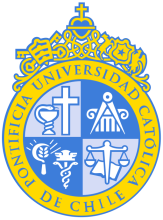Resource information
Con la crisis del fordismo urbano, el mercado inmobiliario ha resurgido como una fuerza determinante del proceso de coordinación social del uso del suelo y la producción de estructura intraurbana. Es el retorno de la "mano invisible" del mercado. En este artículo se analiza la relación entre la producción de estructura urbana y el funcionamiento del mercado inmobiliario en América Latina, tanto en su versión formal como en la informal. La hipótesis de trabajo es que las ciudades latinoamericanas, comparadas con los dos modelos tradicionales (la urbe compacta mediterránea, y la difusa anglosajona), muestran una estructura urbana particular. En ellas, el funcionamiento de los mercados del suelo produce simultáneamente una estructura urbana compacta y difusa. Es a esta estructura, característica de las grandes urbes latinoamericanas, que llamamos ciudad "com-fusa".
With the crisis of urban Fordism, the real estate market has reemerged as a determining force in the social coordination process of land use and in the production of intra-urban structure. It has been the return of the "invisible hand" of the market. This paper presents an analysis of the relationship between the production of urban structure and the functioning modes of formal and informal land markets in Latin America. It proposes the hypothesis that, compared to the two traditional models (compact Mediterranean cities and the Anglo-Saxon diffused cities), Latin American cities exhibit a particular urban structure. In these cities, the functioning of land markets produces simultaneously a compact and a diffused urban structure. This urban structure, characteristic of large Latin American cities, we designate as the "Com-Fused" City.



